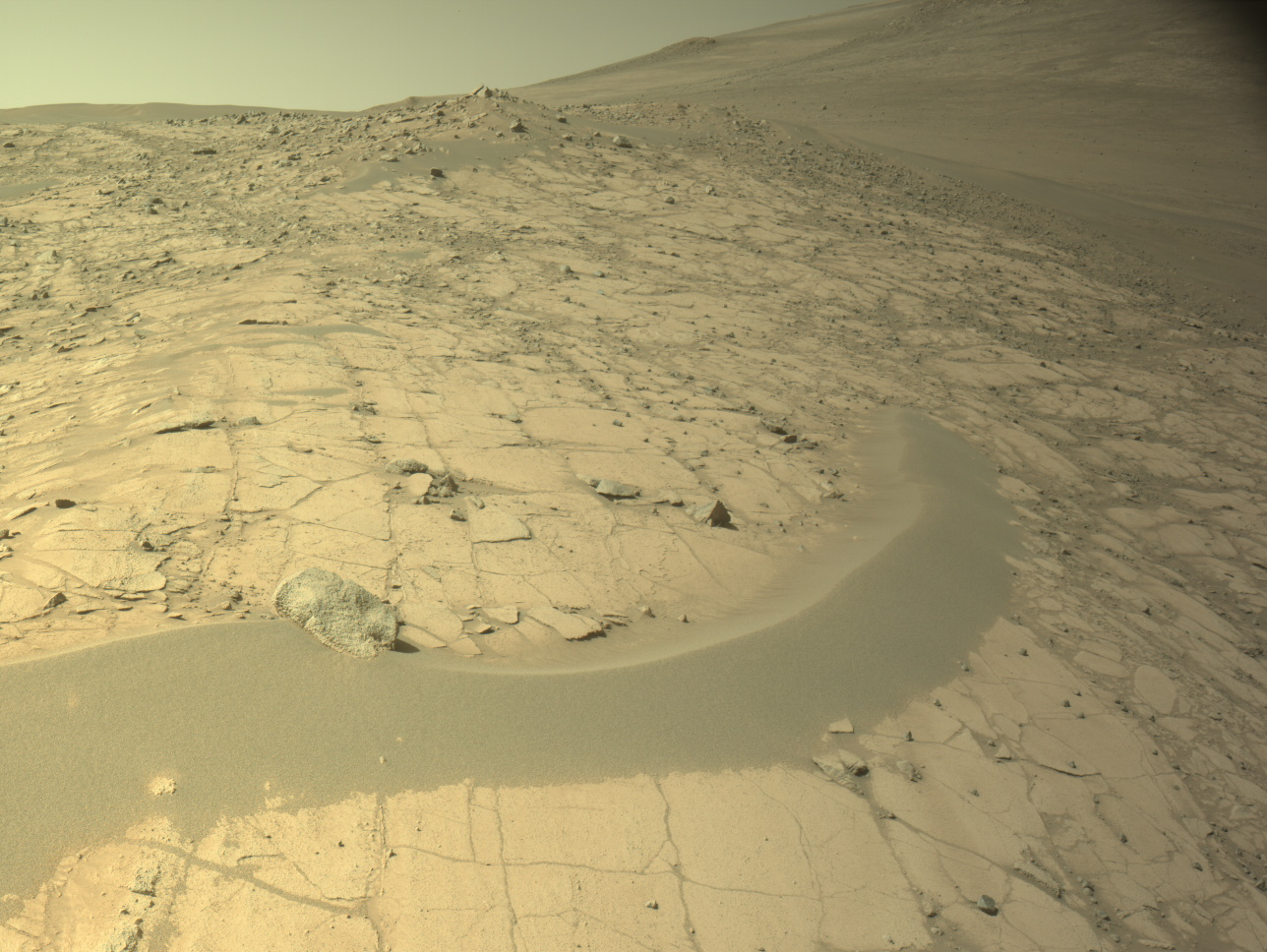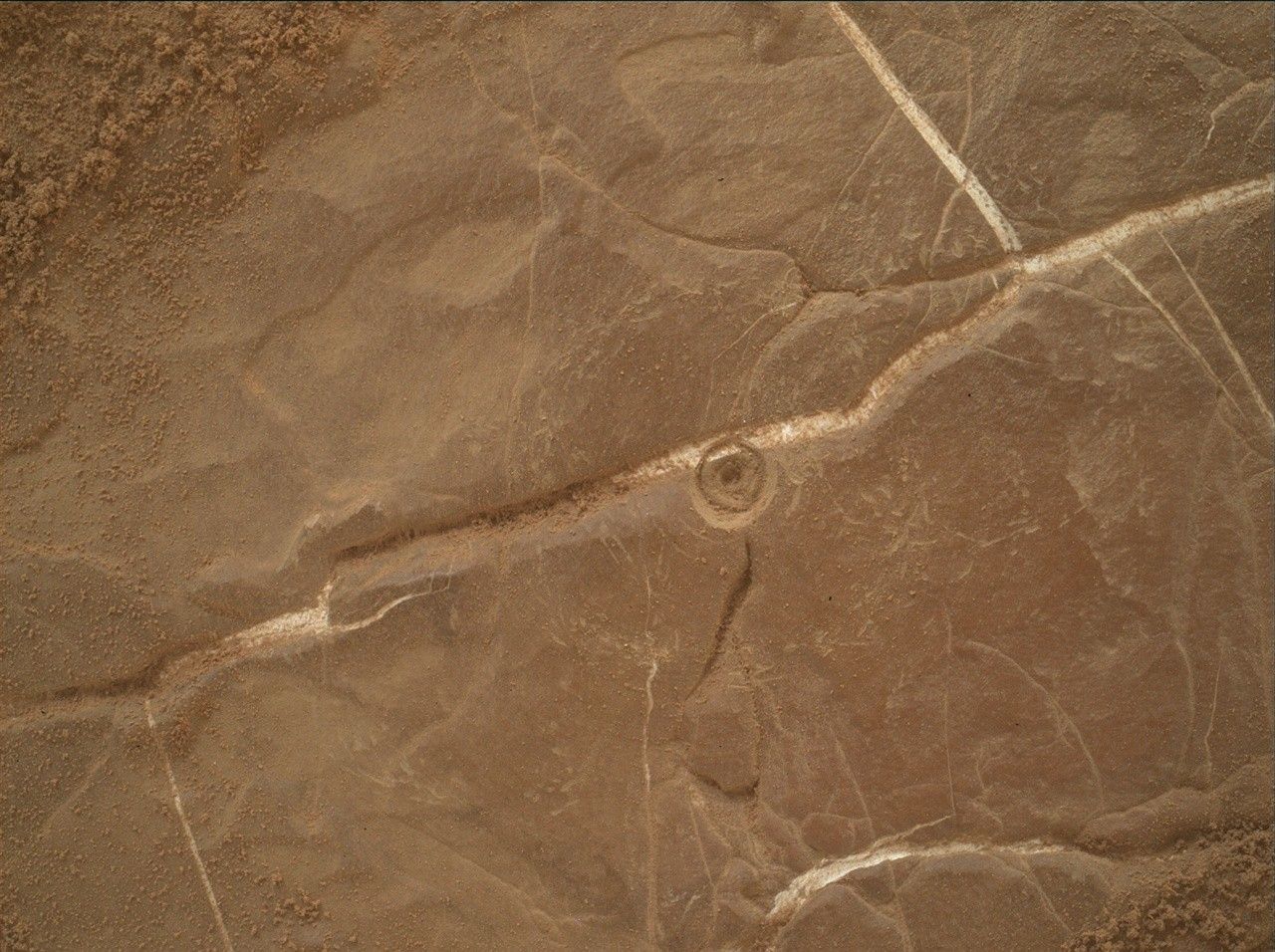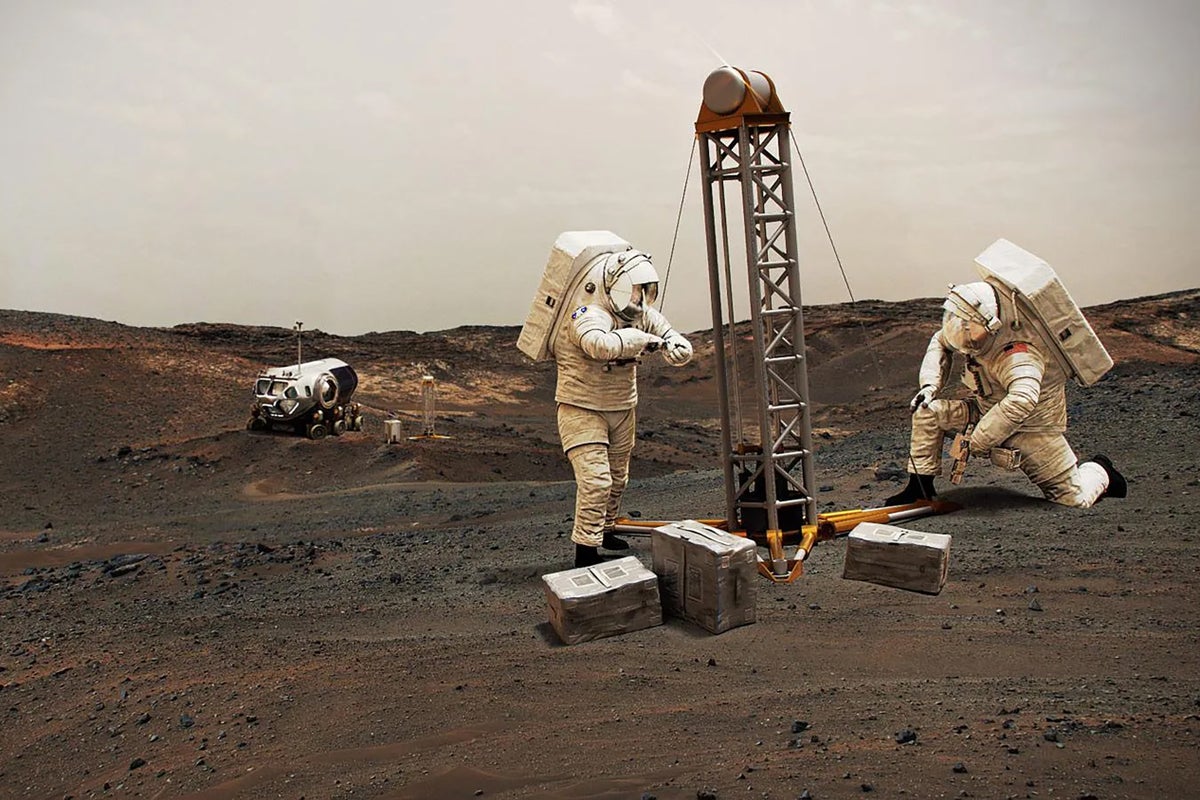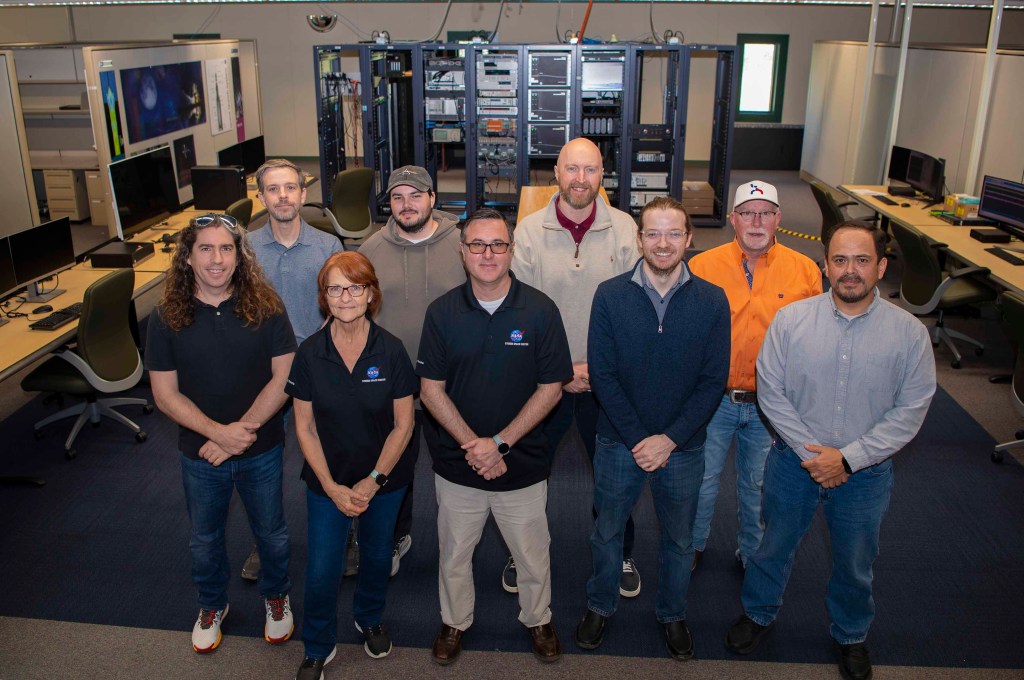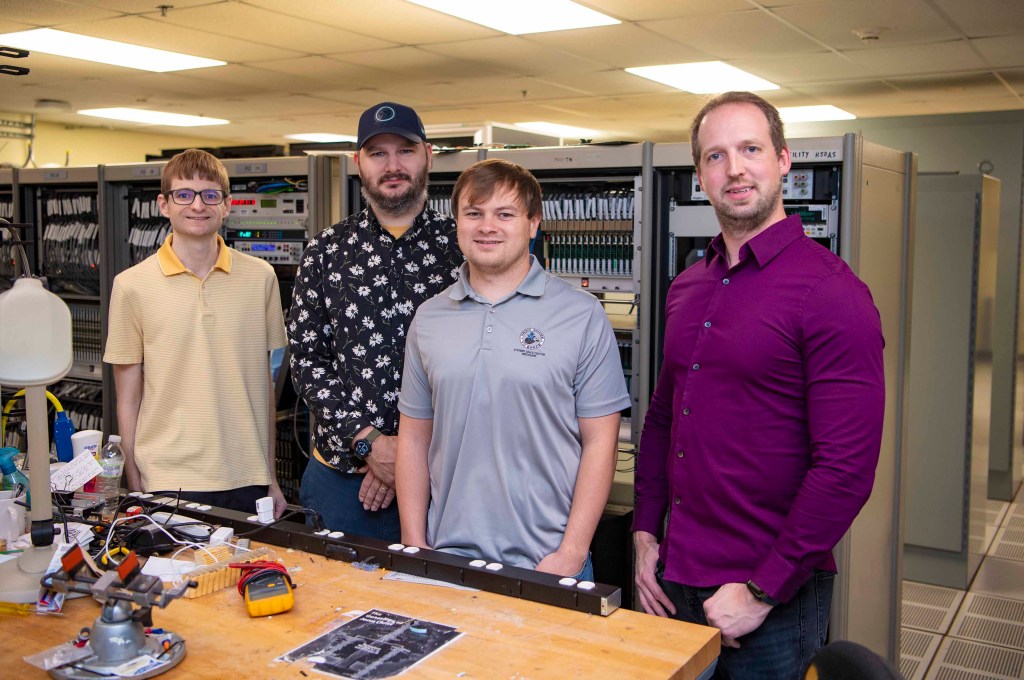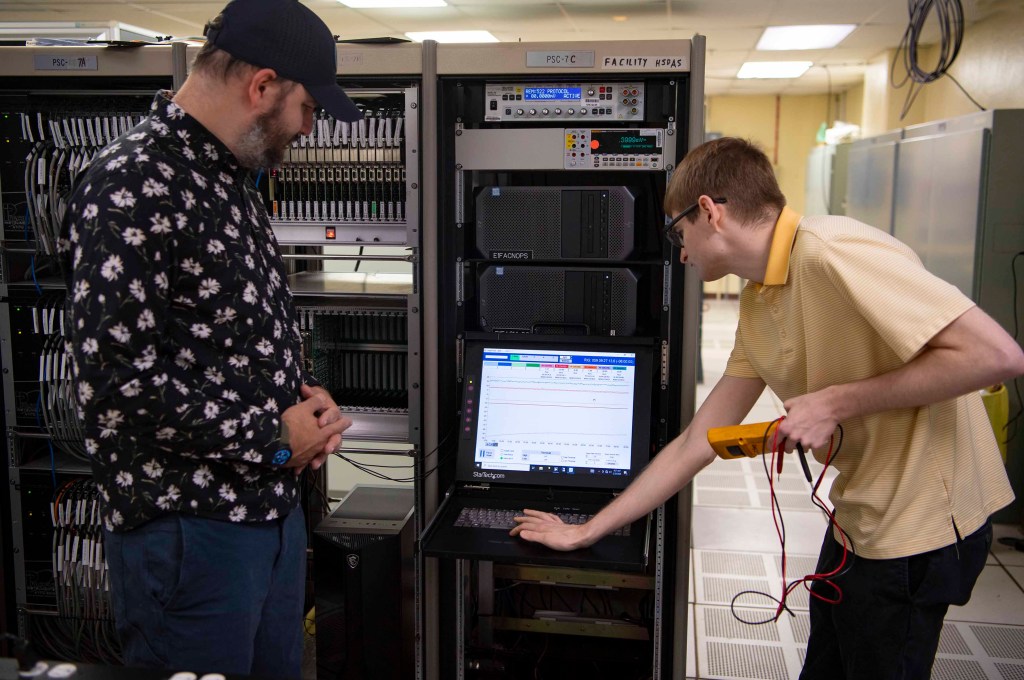NASA Stennis Tool Enables Unified Collection of Test Data
Editor’s Note: The following is one of three related articles about the NASA Data Acquisition System and related efforts. Please visit Stennis News – NASA to access accompanying articles. Just as a steady heartbeat is critical to staying alive, propulsion test data is vital to ensure engines and systems perform flawlessly. The accuracy of the […]
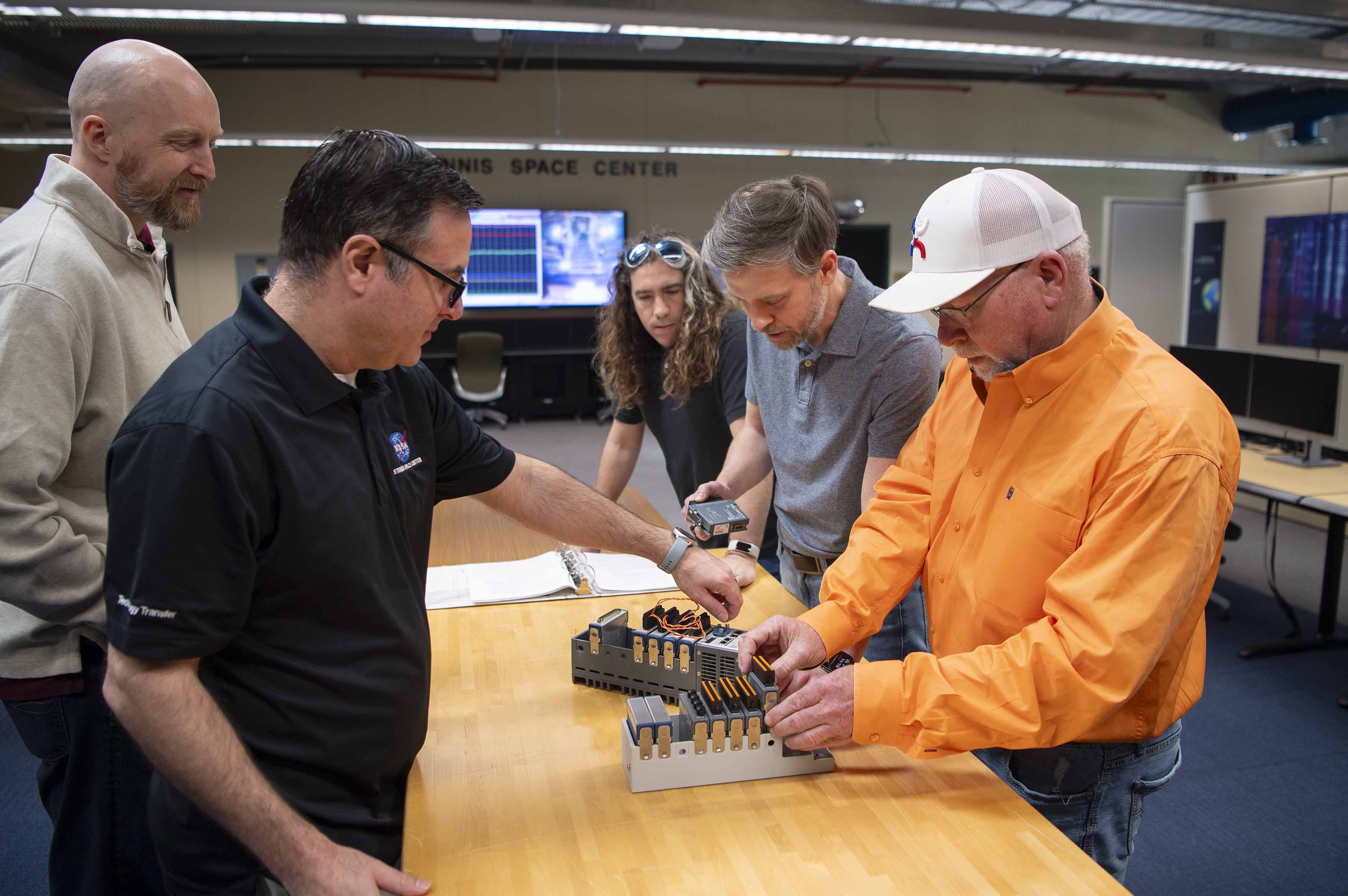
5 min read
Preparations for Next Moonwalk Simulations Underway (and Underwater)
Editor’s Note: The following is one of three related articles about the NASA Data Acquisition System and related efforts. Please visit Stennis News – NASA to access accompanying articles.
Just as a steady heartbeat is critical to staying alive, propulsion test data is vital to ensure engines and systems perform flawlessly.
The accuracy of the data produced during hot fire tests at NASA’s Stennis Space Center near Bay St. Louis, Mississippi, tells the performance story.
So, when NASA needed a standardized way to collect hot fire data across test facilities, an onsite team created an adaptable software tool to do it.
“The NASA Data Acquisition System (NDAS) developed at NASA Stennis is a forward-thinking solution,” said David Carver, acting chief of the Office of Test Data and Information Management. “It has unified NASA’s rocket propulsion testing under an adaptable software suite to meet needs with room for future expansion, both within NASA and potentially beyond.”
Before NDAS, contractors conducting test projects used various proprietary tools to gather performance data, which made cross-collaboration difficult. NDAS takes a one-size-fits-all approach, providing NASA with its own system to ensure consistency.
“Test teams in the past had to develop their own software tools, but now, they can focus on propulsion testing while the NDAS team focuses on developing the software that collects data,” said Carver.
A more efficient workflow has followed since the software system is designed to work with any test hardware. It allows engineers to seamlessly work between test areas, even when upgrades have been made and hardware has changed, to support hot fire requirements for the agency and commercial customers.
With the backing and resources of the NASA Rocket Propulsion Test (RPT) Program Office, a blended team of NASA personnel and contractors began developing NDAS in 2011 as part of the agency’s move to resume control of test operations at NASA Stennis. Commercial entities had conducted the operations on NASA’s behalf for several decades.
The NASA Stennis team wrote the NDAS software code with modular components that function independently and can be updated to meet the needs of each test facility. The team used LabVIEW, a graphical platform that allows developers to build software visually rather than using traditional text-based code.
“These were very good decisions by the original team looking toward the future,” said Joe Lacher, a previous NASA project manager. “LabVIEW was a new language and is now taught in colleges and widely used in industry. Making the program modular made it adaptable.”
During propulsion tests, the NDAS system captures both high-speed and low-speed sensor data. The raw sensor data is converted into units for both real-time monitoring and post-test analysis.
During non-test operations, the system monitors the facility and test article systems to help ensure the general health and safety of the facility and personnel.
“Having quality software for instrumentation and data recording systems is critical and, in recent years, has become increasingly important,” said Tristan Mooney, NASA instrumentation engineer. “Long ago, the systems used less software, or even none at all. Amplifiers were configured with physical knobs, and data was recorded on tape or paper charts. Today, we use computers to configure, display, and store data for nearly everything.”
Developers demonstrated the new system on the A-2 Test Stand in 2014 for the J-2X engine test project.
From there, the team rolled it out on the Fred Haise Test Stand (formerly A-1), where it has been used for RS-25 engine testing since 2015. A year later, teams used NDAS on the Thad Cochran Test Stand (formerly B-2) in 2016 to support SLS (Space Launch System) Green Run testing for future Artemis missions.
One of the project goals for the system is to provide a common user experience to drive consistency across test complexes and centers.
Kris Mobbs, current NASA project manager for NDAS, said the system “really shined” during the core stage testing. “We ran 24-hour shifts, so we had people from across the test complex working on Green Run,” Mobbs said. “When the different shifts came to work, there was not a big transition needed. Using the software for troubleshooting, getting access to views, and seeing the measurements were very common activities, so the various teams did not have a lot of build-up time to support that test.”
Following success at the larger test stands, teams started using NDAS in the E Test Complex in 2017, first at the E-2 Test Stand, then on the E-1 and E-3 stands in 2020.
Growth of the project was “a little overwhelming,” Lacher recalled. The team maintained the software on active stands supporting tests, while also continuing to develop the software for other areas and their many unique requirements.
Each request for change had to be tracked, implemented into the code, tested in the lab, then deployed and validated on the test stands.
“This confluence of requirements tested my knowledge of every stand and its uniqueness,” said Lacher. “I had to understand the need, the effort to meet it, and then had to make decisions as to the priorities the team would work on first.”
Creation of the data system and its ongoing updates have transformed into opportunities for growth among the NASA Stennis teams working together.
“From a mechanical test operations perspective, NDAS has been a pretty easy system to learn,” said Derek Zacher, NASA test operations engineer. “The developers are responsive to the team’s ideas for improvement, and our experience has consistently improved with the changes that enable us to view our data in new ways.”
Originally designed to support the RPT office at NASA Stennis, the software is expanding beyond south Mississippi to other test centers, attracting interest from various NASA programs and projects, and garnering attention from government agencies that require reliable and scalable data acquisition. “It can be adopted nearly anywhere, such as aerospace and defense, research and development institutions and more places, where data acquisition systems are needed,” said Mobbs. “It is an ever-evolving solution.”
Share
Details
Related Terms
What's Your Reaction?







